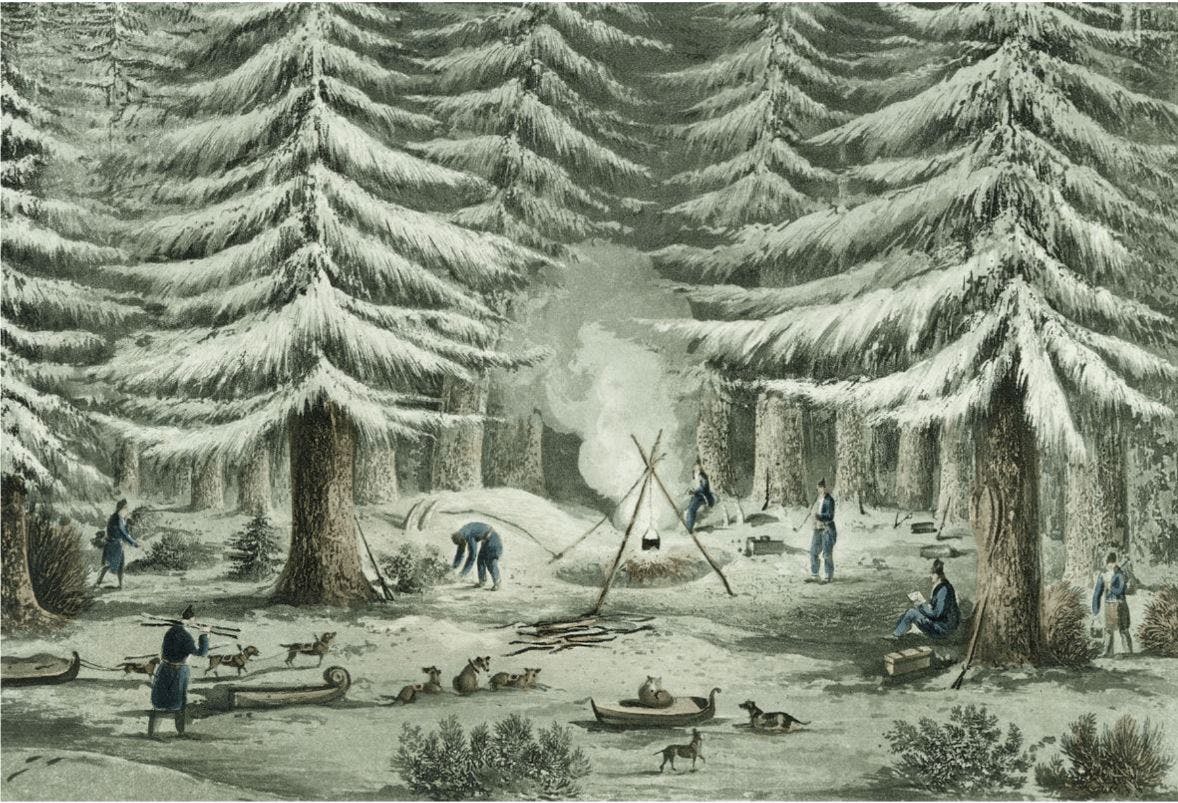Does the Northwest Passage Exist: 7 Mind-Blowing Facts, Myths and FAQs
This article has been produced in collaboration with Silversea’s Corporate Business Partner, the Royal Geographical Society (with IBG), which enriches guests’ expeditions with over 500 years of geographical travel and discovery.
Historic, enigmatic, revered, beautiful, alluring. The Northwest Passage is all of these things—and so much more. From Kangerlussuaq (Greenland) to Nome (Alaska), the famous route traces its way through myriad Arctic waterways, passing remote islands and otherworldly icy structures. Tales from brave sailors – passed by word of mouth – speak of its mercurial character, which has stood the test of time to inspire hardy travelers in the modern age. Seen by some as the ultimate Arctic expedition, the Northwest Passage today continues to attract those with a passionate sense of adventure. But few know the stories that characterize the Northwest Passage’s intriguing past. Read on to learn 7 Northwest Passage facts that are sure to inspire your next cruise itinerary.
1. The Northwest Passage was ‘invented’
While it is generally understood that the Northwest Passage is a sea route that joins the North Atlantic and the North Pacific, by way of the Canadian Arctic, the waterway is not a clearly defined passage and has no singular channel. In fact, the route passes through a complicated melange of islands and waterways. Arctic commentator Ken McGoohan claims that “the Northwest Passage did not exist, and so could not be discovered until Europeans invented it.”
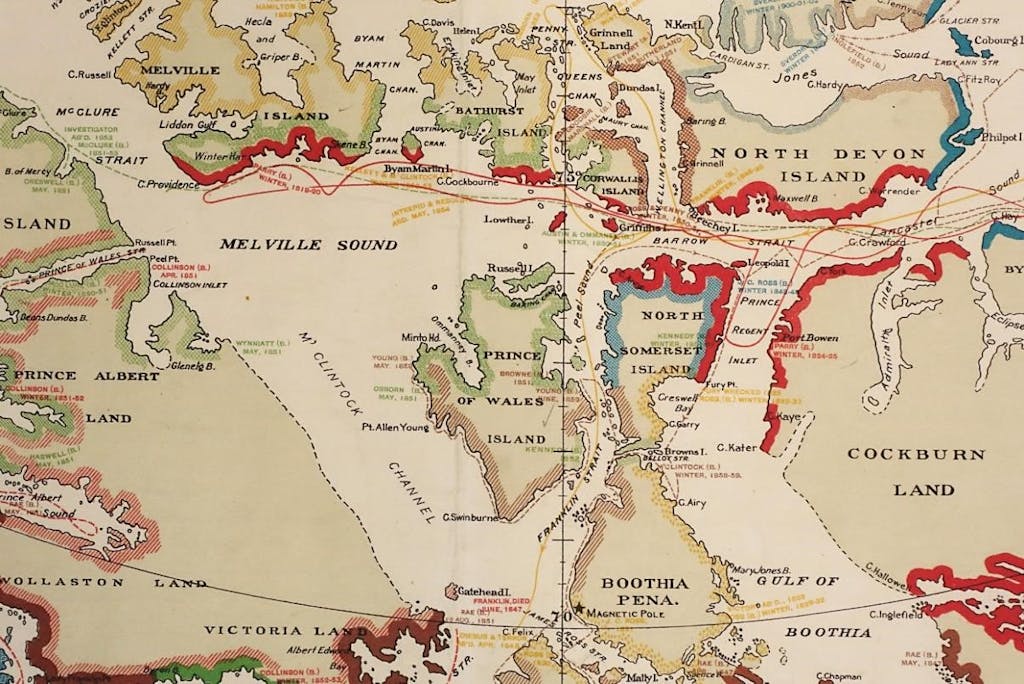
2. It was originally intended as a trade route from Europe to China
Why was the Northwest Passage so important? Initially, it was the desire of Northern Europeans to find a trade route to China and the Far East that didn’t require sailing so far south. Aside from the passage’s economic advantage, it was also deemed to be beneficial as a strategic military route, which could also yield political and scientific rewards.

3. Mementos from the Northwest Passage include Inuit sunglasses
While sailing in remote waters, the explorers of yesteryear encountered many cultures then unknown to Europeans that were unfamiliar and contrasted from their own. Sir William Parry returned from a voyage in the Northwest Passage with a pair of Inuit ‘sunglasses’, a protective sun visor—an example of Inuit technology in the Northwest Passage. Inuit shoes were another find from his legendary journey and were used on Parry’s return to illustrate the importance of fur clothing in the high Arctic as a protection against extreme weather conditions.
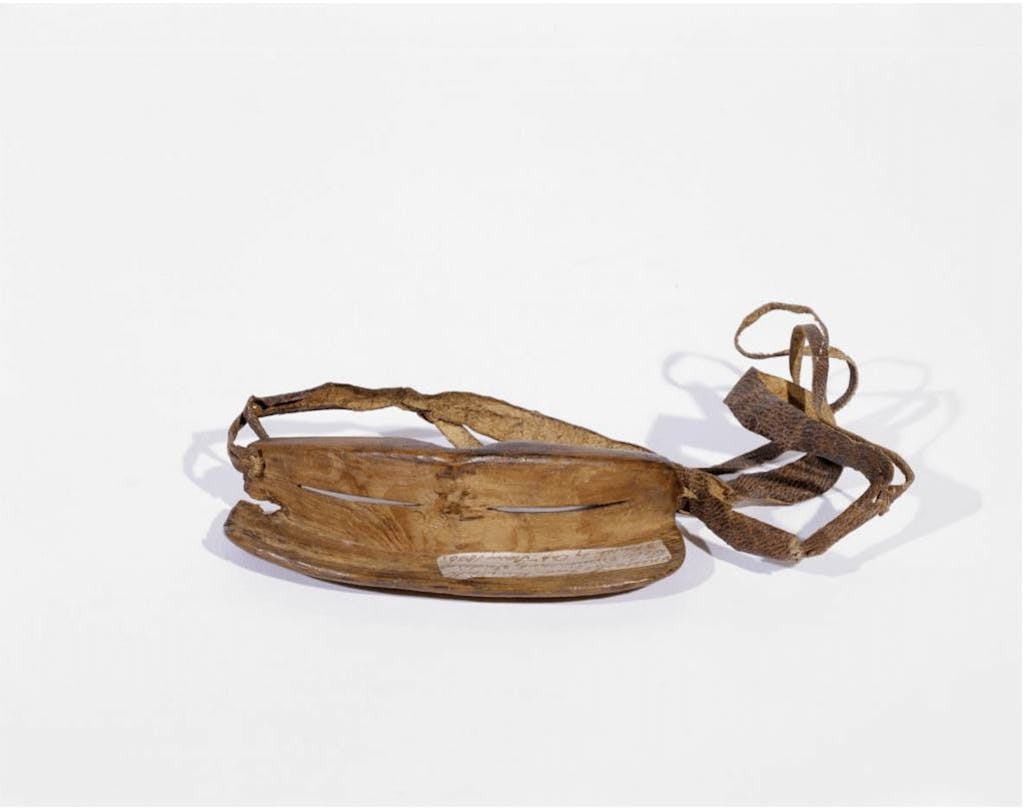
4. The Northwest Passage harbors stories of murder-mystery
During William Parry’s second Northwest Passage expedition in June 1821, an overland mission – led by Sir John Franklin – ran desperately short on supplies while on route to Repulse Bay. The group resorted to eating rock lichen and the leather from their boots and jackets. Then things turned for the macabre. Explorer George Back went ahead to bring back supplies and Franklin struggled after him, leaving Richard Hood and two others behind with a hunter called Michel Teroahauté. After a while, Teroahauté caught them up with fresh meat, which he claimed was wolf flesh. John Richardson, the expedition’s surgeon and naturalist, believed the meat to be human flesh. A short while later, Teroahauté declared that Hood had committed suicide, but a gunshot in his head suggested murder. Eventually, Back returned with food and the survivors were spared any further horrors.
Dive into the Q&A on Northwest and Northeast Passage with Stefan Kredel.

5. Entire ships have gone missing while sailing the route…
In 1846, Sir John Franklin’s ship, HMS Terror, became lodged in ice in the Victoria Strait, along with accompanying ship HMS Erebus. After Franklin’s unexpected death, a group of over 100 men – led by Captain Francis Crozier – left in search of supplies towards the mouth of the Great Fish River, where they hoped to find a fur trading route and safety. The whereabouts of the two ships remained one of the greatest Arctic mysteries for many decades. The remains of HMS Erebus were located in 2014, while those of HMS Terror were located in Terror Bay, off King William Island, in 2016.
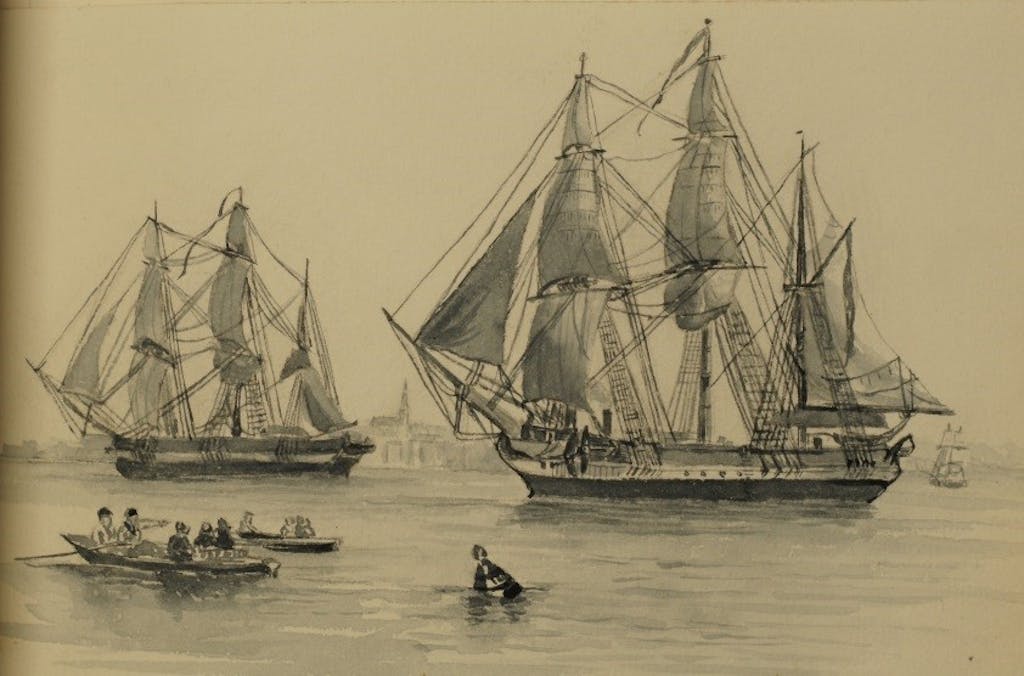
6. The first crossing of the Northwest Passage took 3 years, from 1903 to 1906
Long before there were cruise ships through the Northwest Passage, Roald Amundsen became the first explorer to successfully cross the route. Joined by a team of six men and inspired by the skills learnt from the Inuit people of Northern Norway, he completed the journey in 1906. Having departed Christiana (now Oslo) in Norway on a ship named Gjøa some three years earlier, Amundsen’s voyage was at the same time treacherous and pioneering. His crew survived thick fog and an onboard fire to reach San Francisco, after conducting scientific research on King William Island for two years. During this time, Amundsen and his team built a magnetic variation observatory which they used to calculate the exact location of the magnetic North Pole.
Read more about the differences between Northwest and Northeast Passage [infographic].
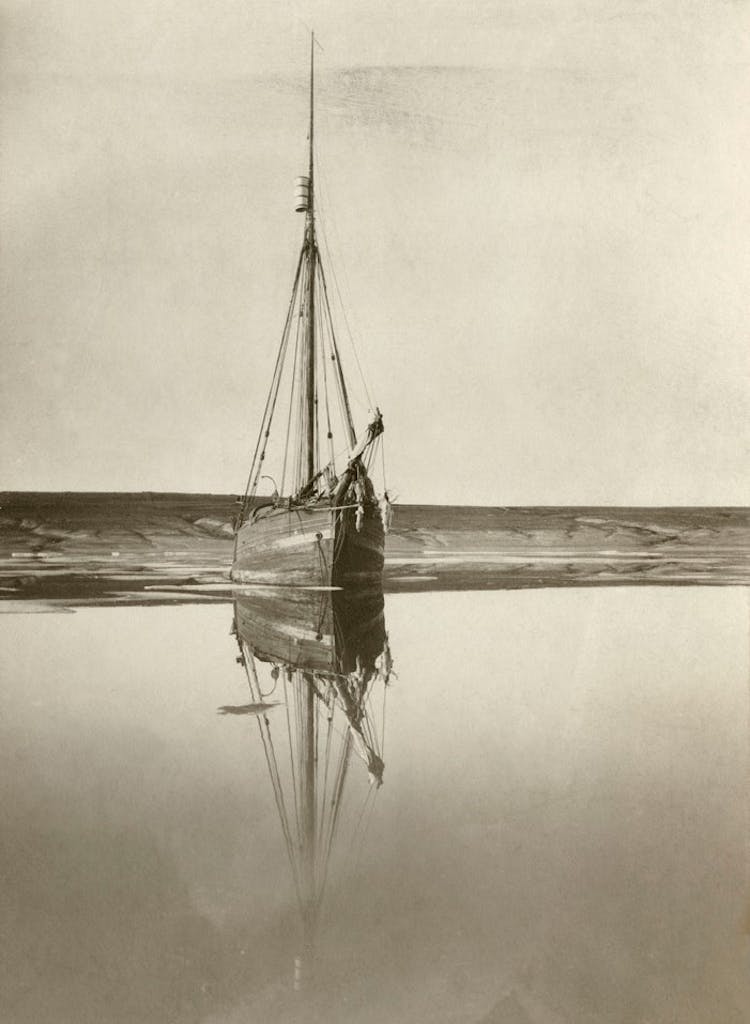
7. Wild Arctic foxes were used in a rescue mission here
In 1848, while searching for Sir John Franklin and his team, Captain James Clark Ross attached copper collars to the necks of Arctic fox cubs, in the hope that they would be found by the missing men. Imprinted with coordinates of HMS Enterprise, and of various food stores, the collars were intended to lead the group to safety. Unfortunately, and unsurprisingly, the plan failed.
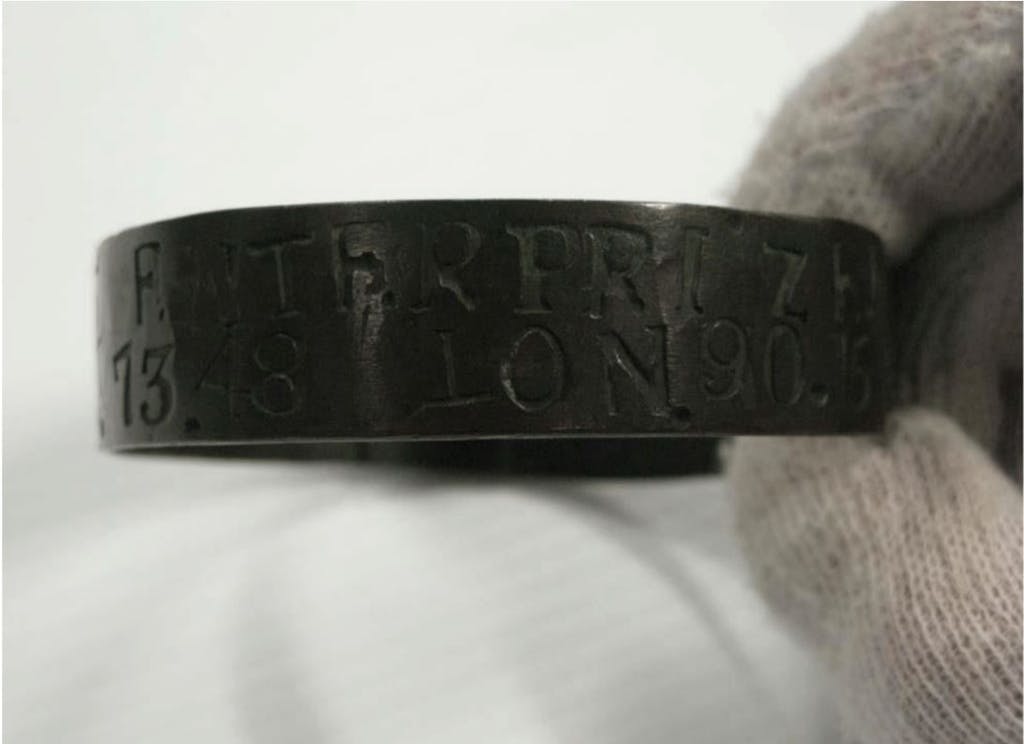
Editor’s Note: Silversea’s own Conrad Combrink – Sr. Vice President of Expeditions, Destination, and Itinerary Management and an experienced polar explorer – brings his passion for discovery aboard Silver Endeavour’s 10-day expedition navigating the extraordinary Queen Elizabeth Islands (the northernmost islands in Canada’s Arctic Archipelago), Nunavut and Greenland’s dramatic western coast. This voyage promises rare insight and authentic experiences in one of the world’s least explored regions. The trip, beginning and ending in Pond Inlet Nunavut, is from August 10 – 20, 2023.
Find out more about the search of the Northwest Passage.
